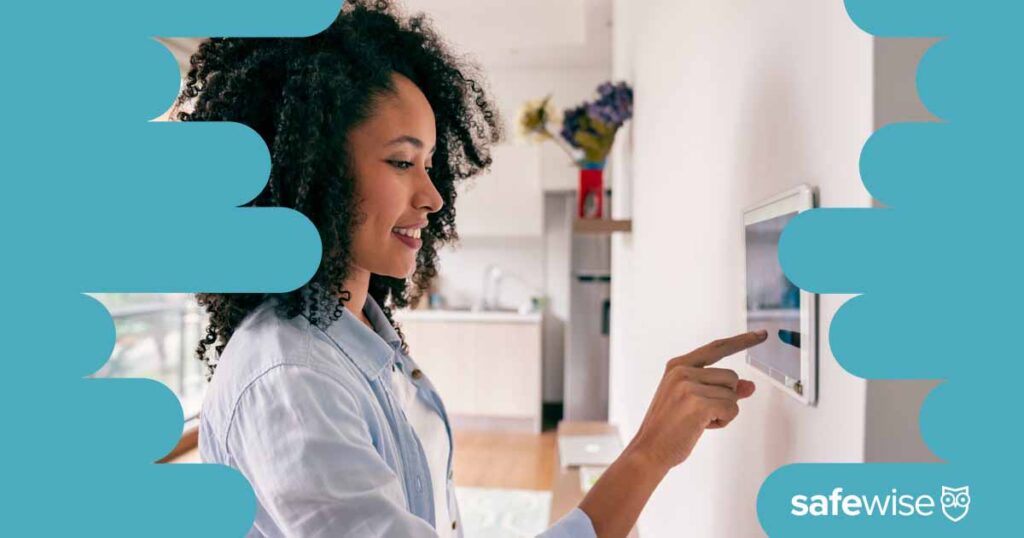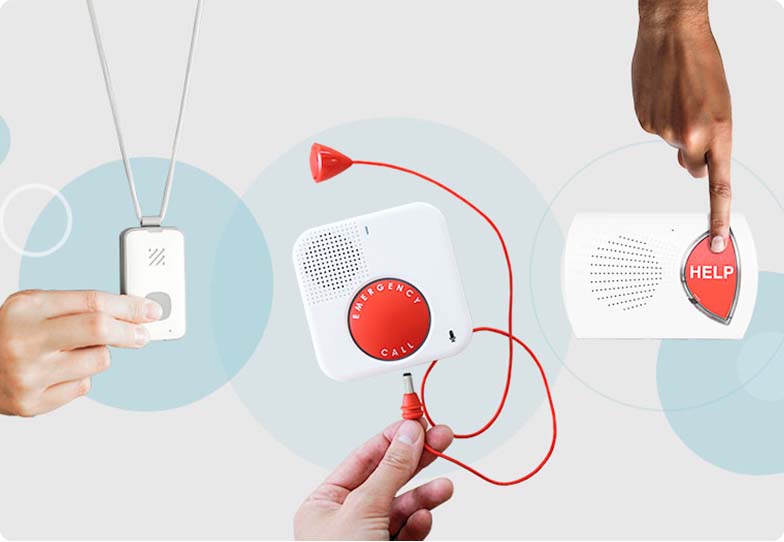So you’ve decided it’s time for the kids to get a phone.
If your little ones are anything like mine, you’re in for jumps for joy, effusive hugs and “I love yous,” and the odd tear in the eye. But 10+ years after I first bestowed my kids with their inaugural iPhones, I know so much more than I did back then.
And if I were to do it again, I’m not sure I’d opt for an iOS smartphone.





